-
 1
1
-
 1
1
Case Number : Case 4109 - 20 Oct 2022 Posted By: Saleem Taibjee
Please read the clinical history and view the images by clicking on them before you proffer your diagnosis.
Submitted Date :
70M, full thickness longitudinal excision of lateral third of nail bed, left ring finger, ‘subungual fibrous papule’



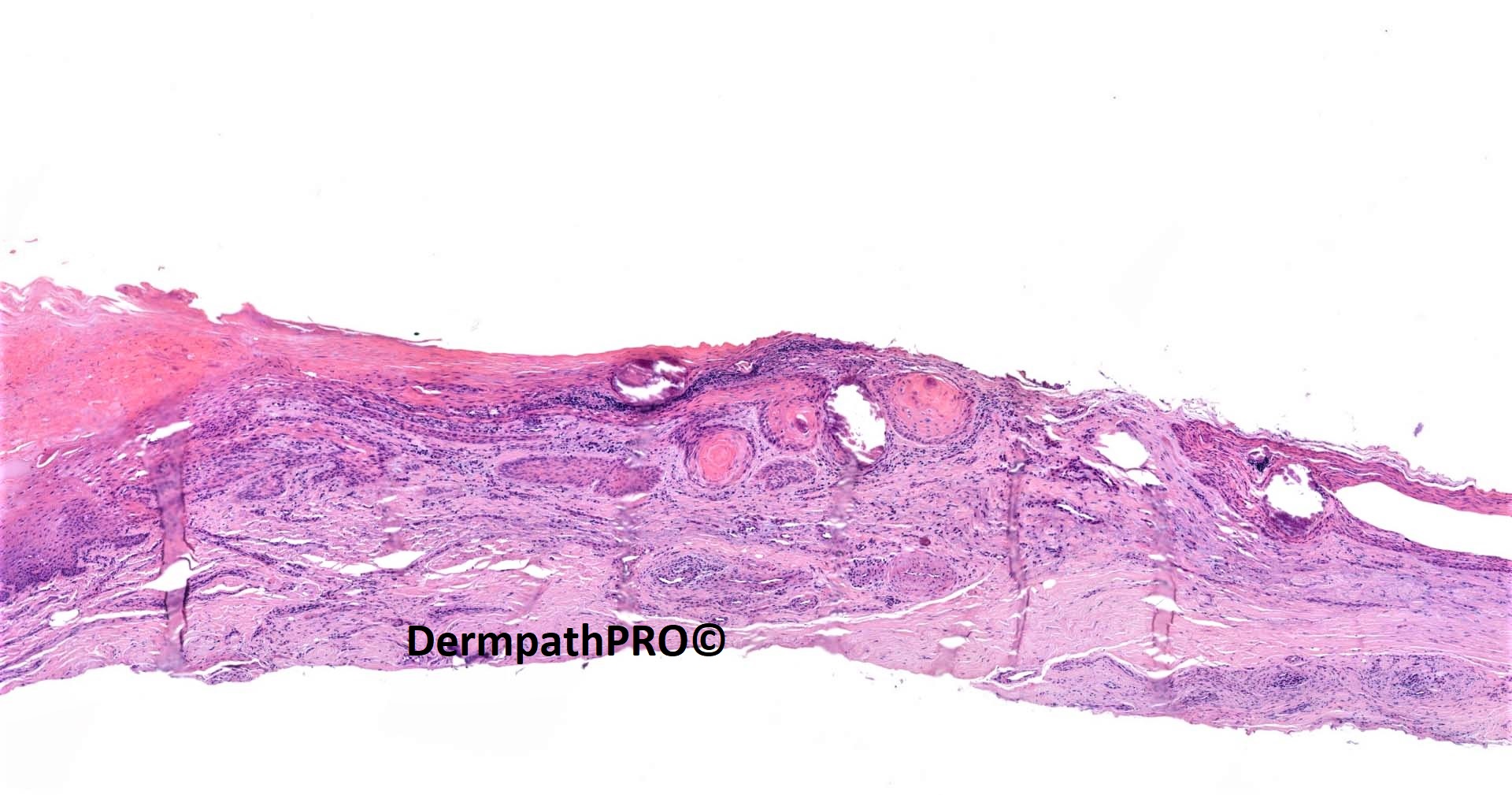
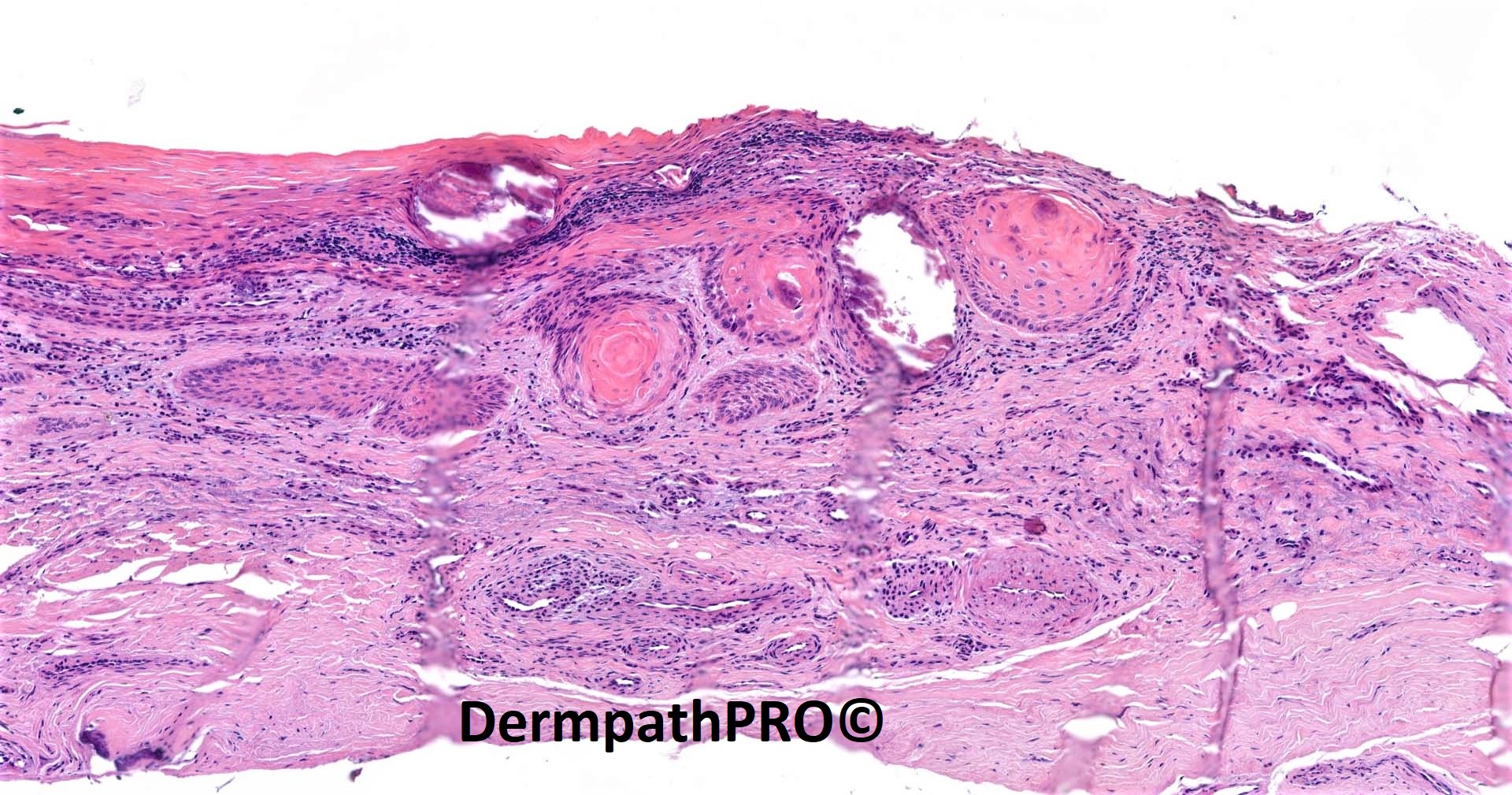
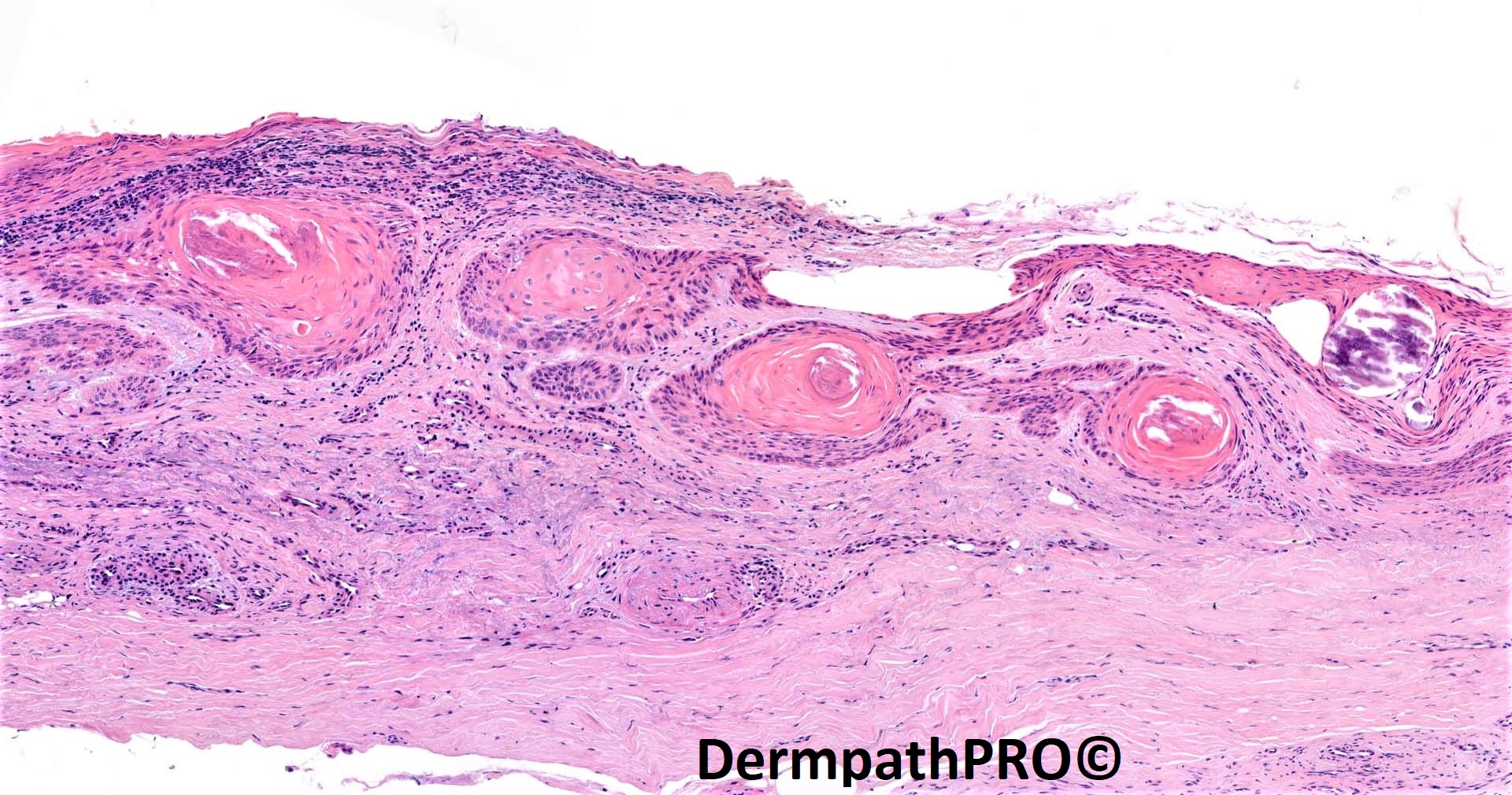
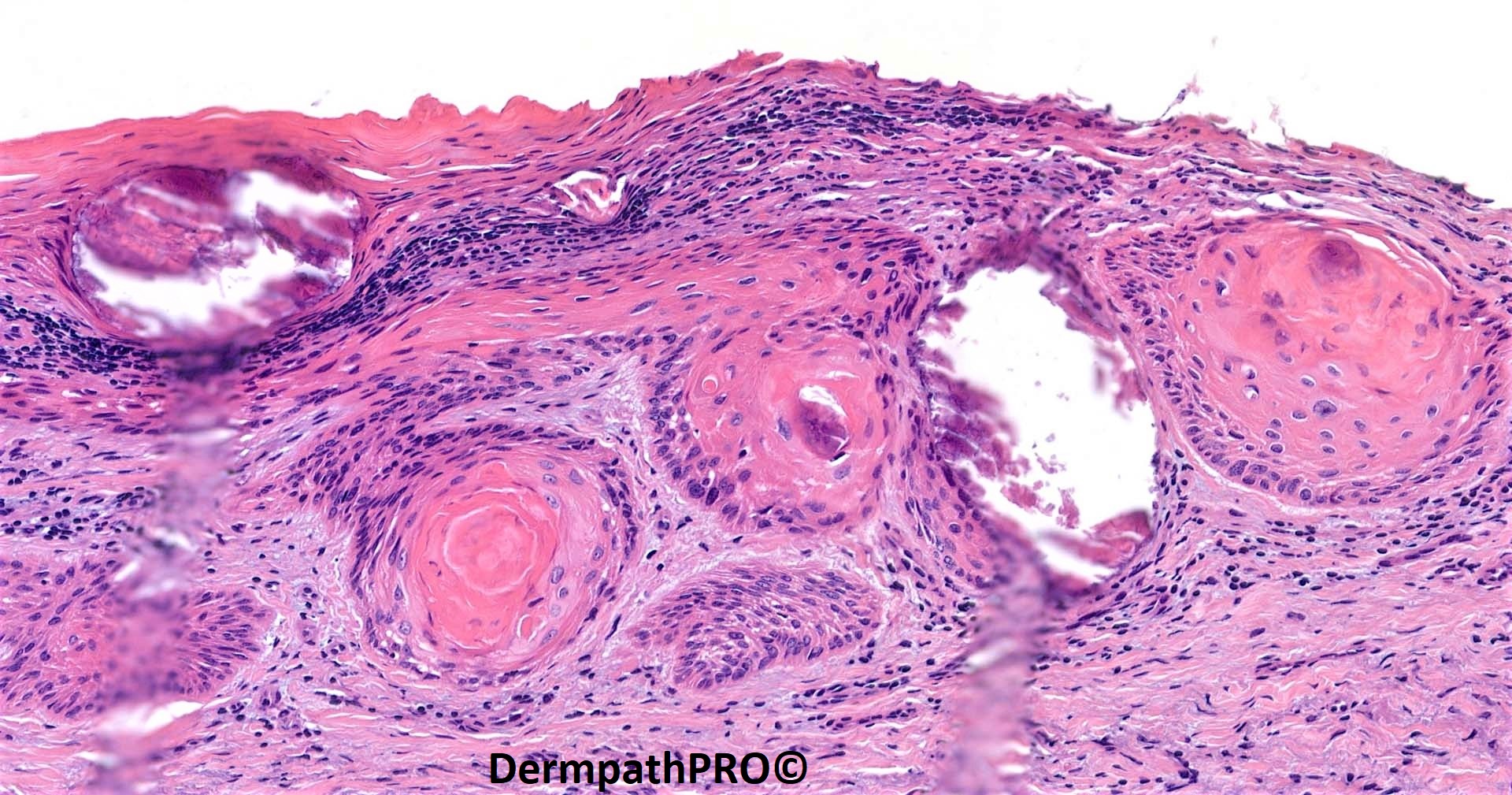

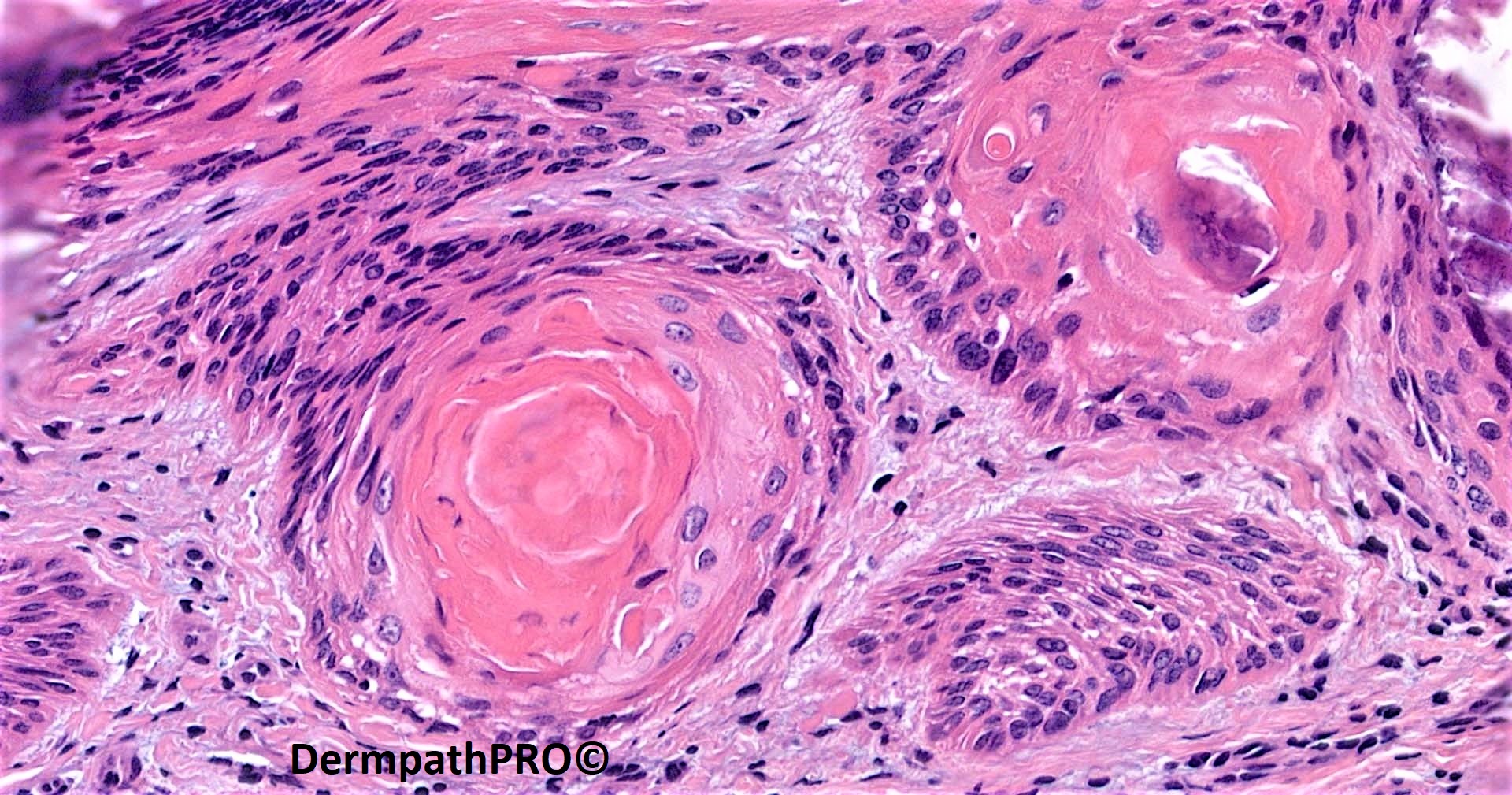

Join the conversation
You can post now and register later. If you have an account, sign in now to post with your account.